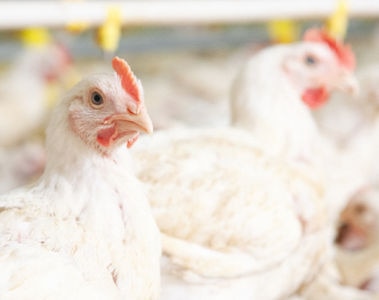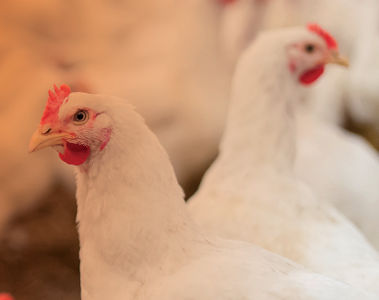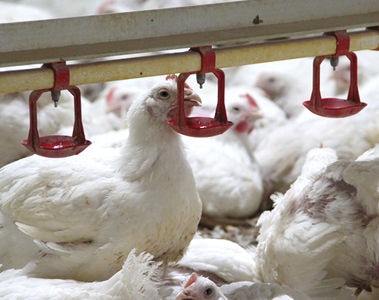
Avian Metapneumovirus
15 Apr 2024
Avian metapneumovirus (AMPV) is a highly contagious upper respiratory disease that affects poultry worldwide. Historically, only subtype C was reported in the United States. However, the 2024 outbreak has seen subtypes A and B emerge in 9 states, impacting various poultry types. AMPV manifests with conjunctivitis, nasal exudate, and periorbital swelling, often leading to secondary infections. Although no US-approved vaccines exist, implementing proper biosecurity, management, and regular testing is crucial for controlling the virus.


